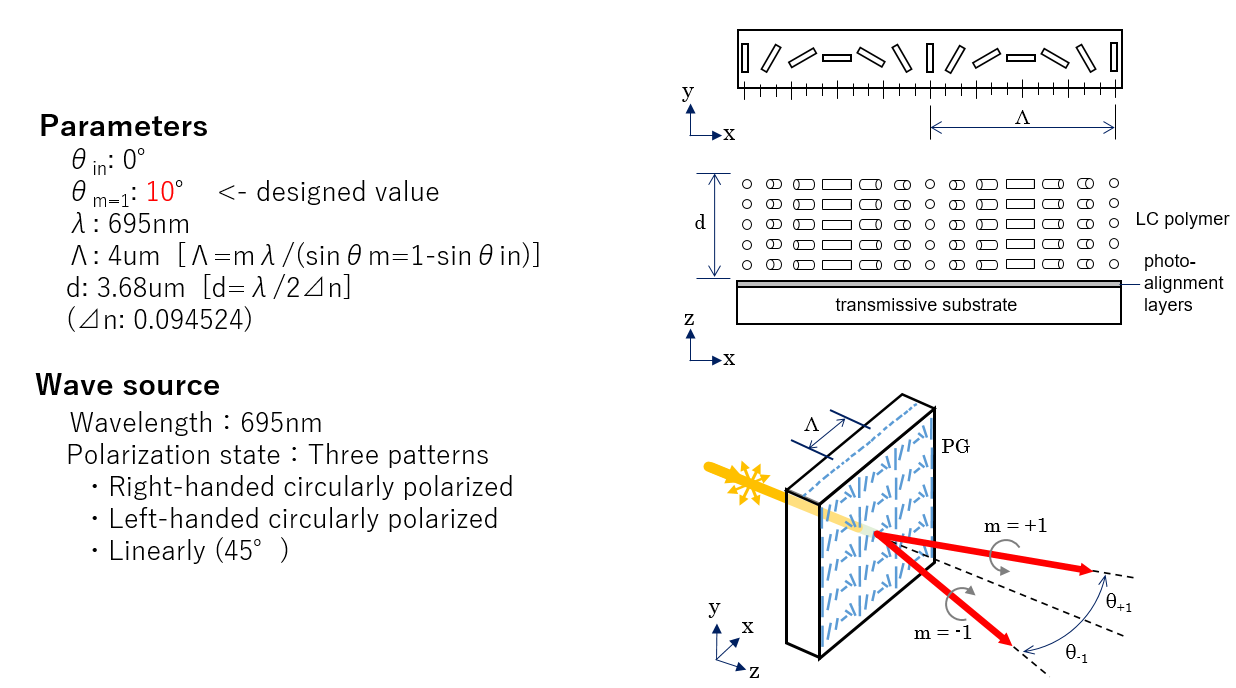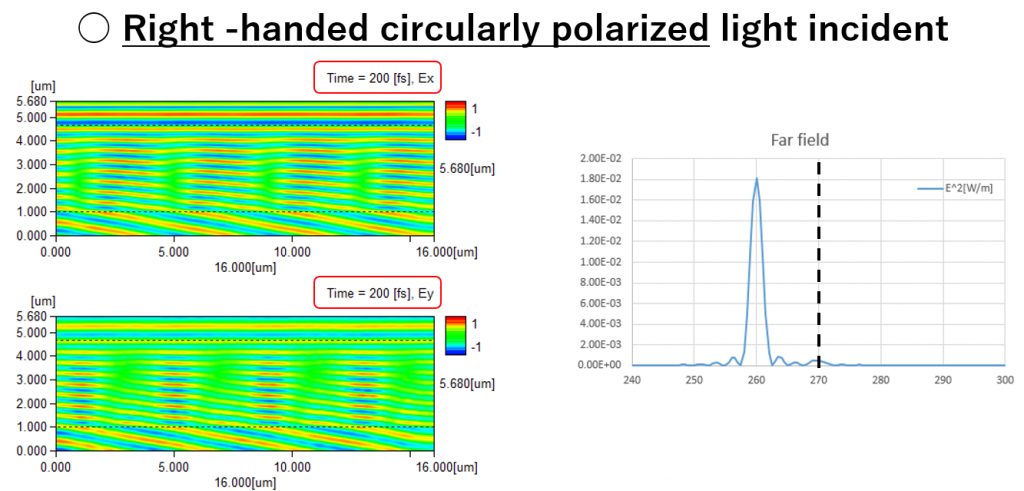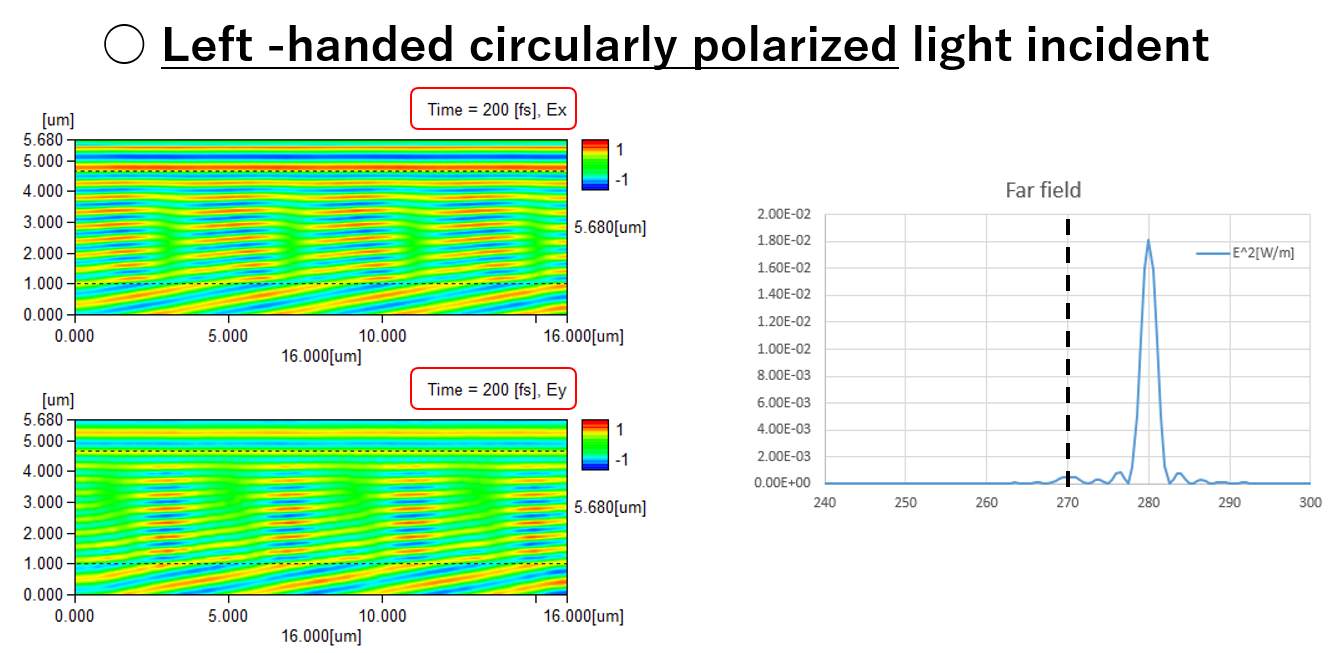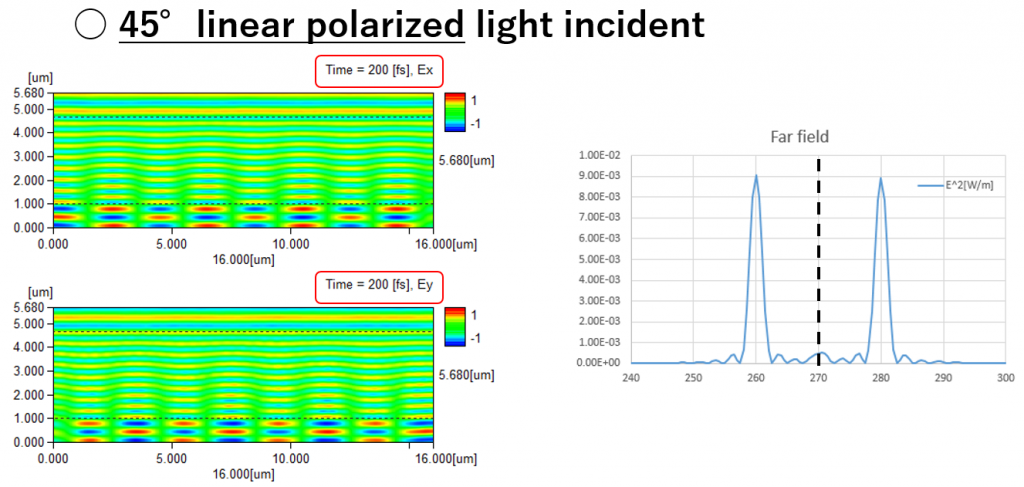eWave
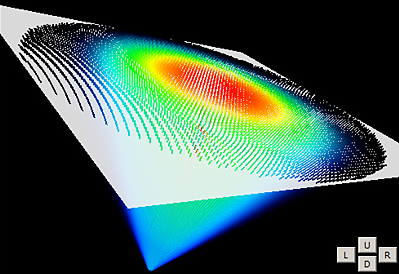
As matrix optical algorithm, 2X2 or 4X4 assume the plane electro-magnetic wave, it cannot deal scattering or diffraction.
Those phenomena can be neglected structure size is bigger than wavelength but such products which has micro structure,
like micro displays, wire gird beam splitter and micro lens should consider the phenomena.
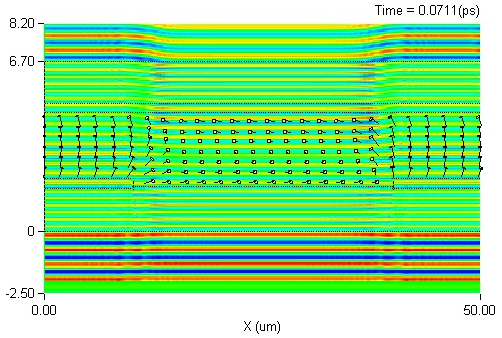
Two dimensional FDTD (Finite Different Time Domain method) can calculate the wave propagation in the anisotropic medium like liquid crystals and it is possible to evaluate scattering or
diffraction in the region.
Absorption, Periodic boundary conditions are available.
AS it also supports frequency dispersive materials (Drude and Lorentz dispersion), the data of each thin film measured by
It supports parallel processing, and then it can shorten the calculation time by using multi-core or dual CPU PC.
Furthermore the Faster Static Analysis is now available that figures out directly equilibrium state without transitional calculation.
It is very useful for those people who want to get only the final state.
This figure illustrates diffraction in TN cell which has sub-micron slitsellipsometer can be used directly.
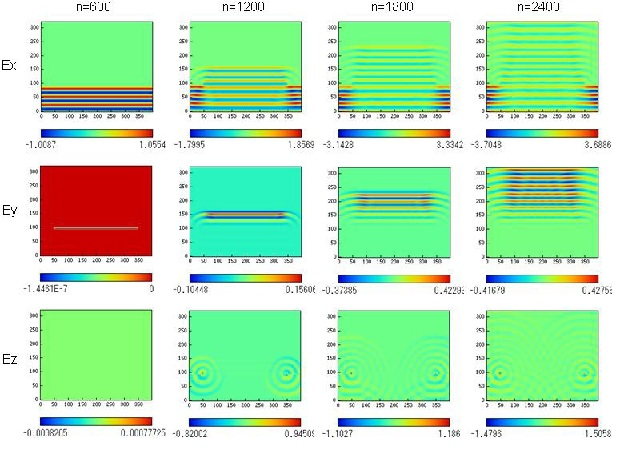
The wave goes into wire grid beam splitter.
P-polarized wave only transmits the wire grid plate.
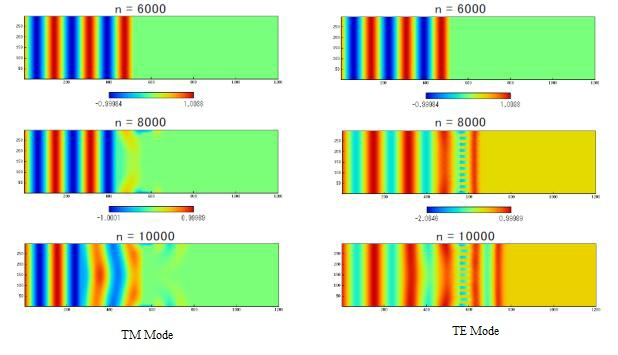
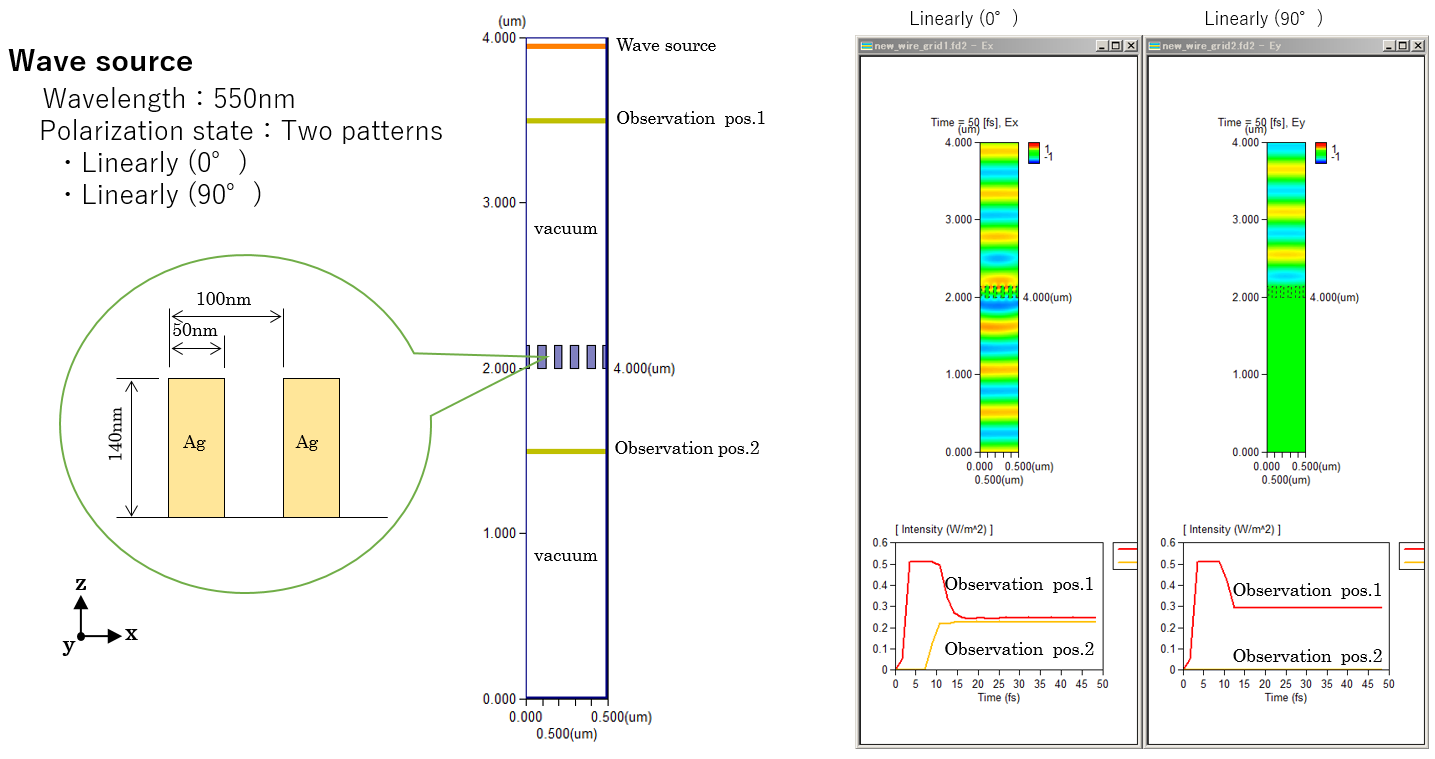
Seamless using the model made by LCDMaster
These models made on LCDMaster2D, and calculation by eWave.
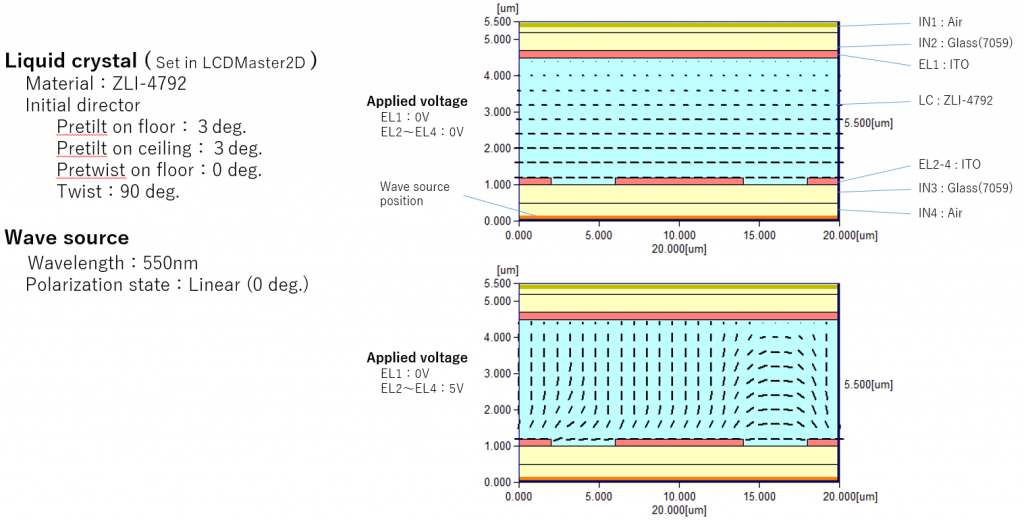
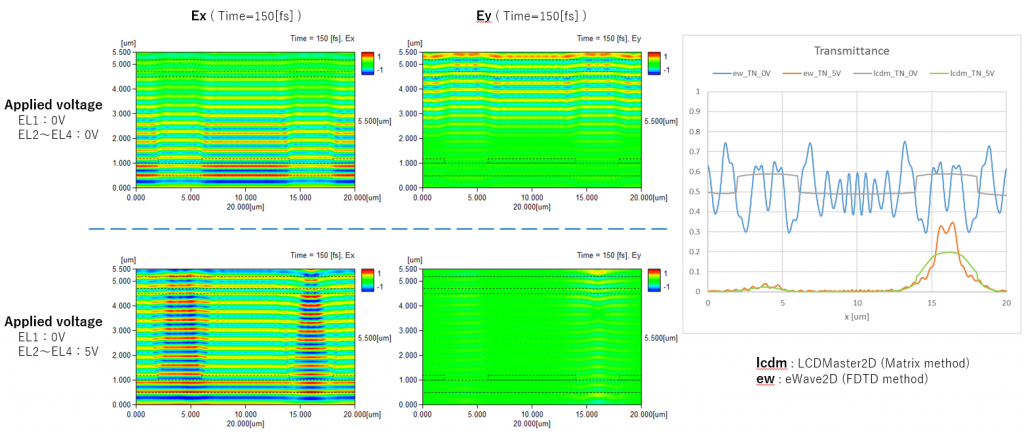
LC Lens
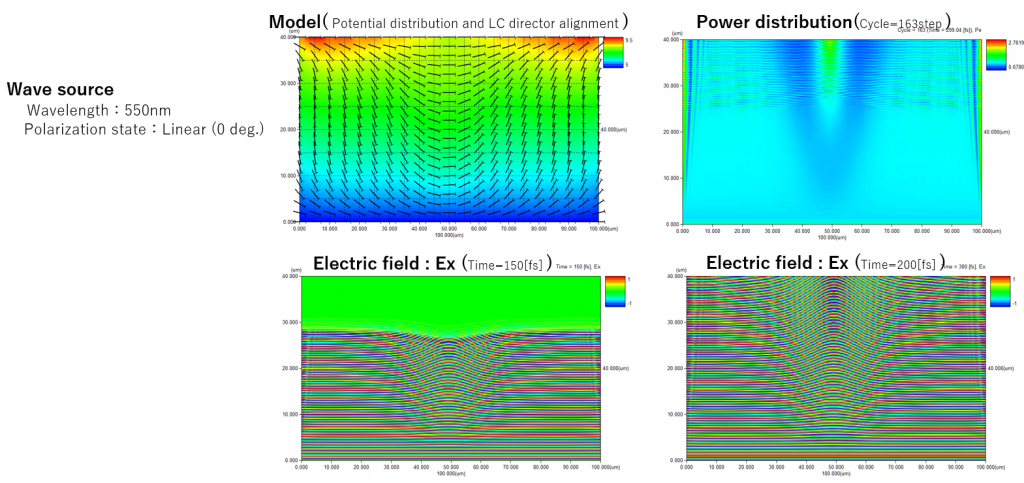
LCoS(LC on Silicon)
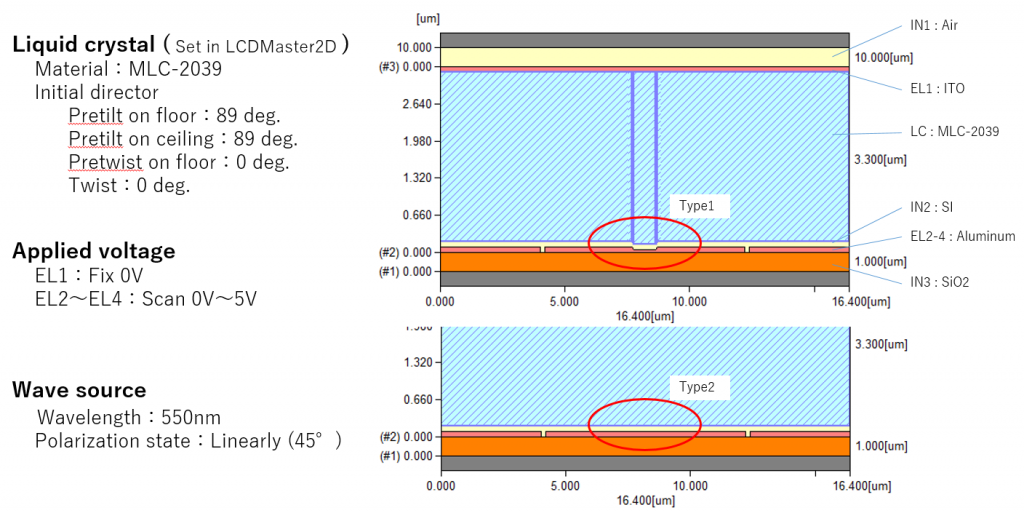
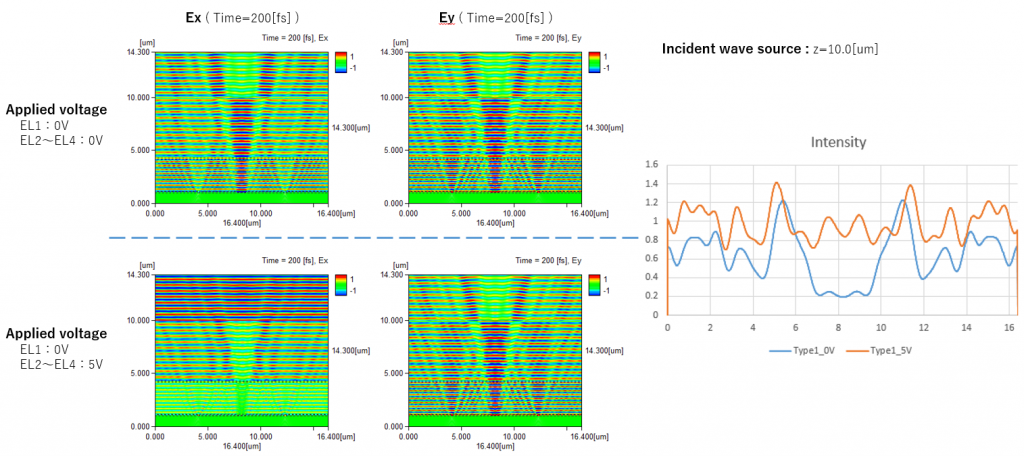
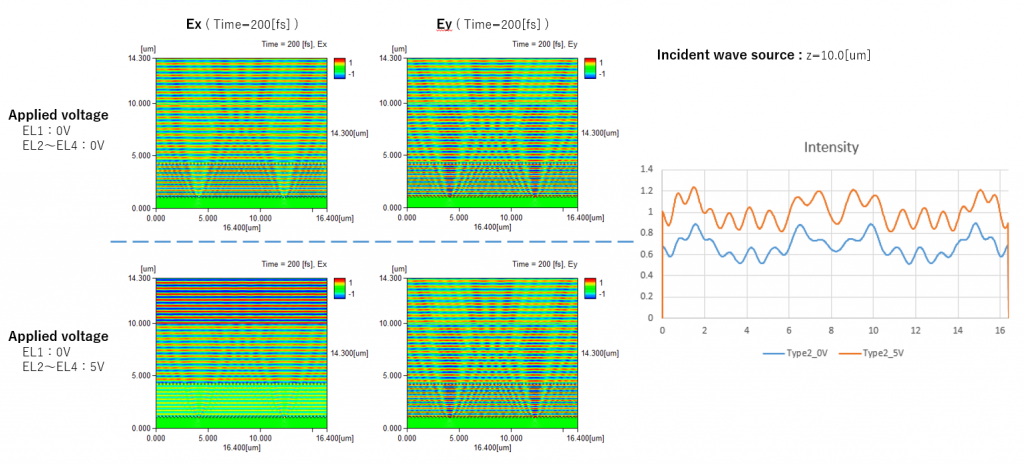
New LC device (LC polymer Polarization Gratings)
